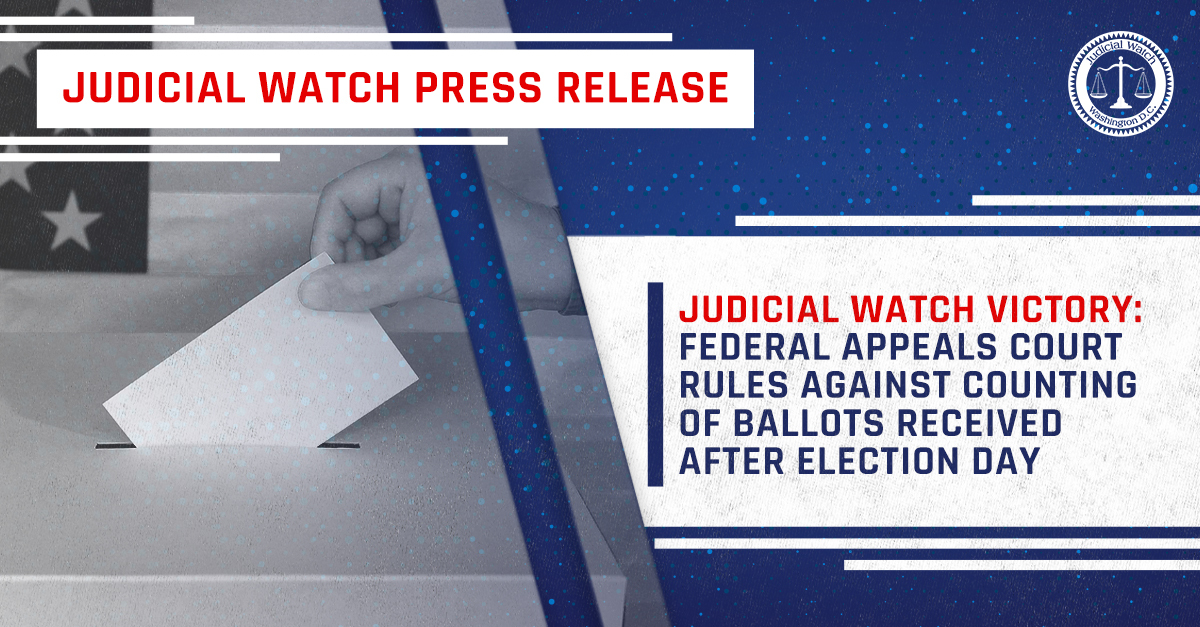

What Financial Crisis? U.S. Wastes Billions on Duplicative Programs
As the nation’s economy sinks into a deeper ditch, a federal audit reveals that the U.S. government blows tens of billions of dollars on duplicative programs that end up fleecing taxpayers year after year.
Even more enraging is that the government has long been aware that this is occurring but seems to have no sense of urgency to correct the problem or make any sort of reform. In fact, this week’s audit, released by the investigative arm of Congress, the Government Accountability Office (GAO), reveals that it has for years documented the outrageous waste in several different reports.
“In March 2011, we issued our first annual report in this series, which presented 80 areas where opportunities existed for executive branch agencies or Congress to reduce fragmentation, overlap, or duplication; achieve cost savings; or enhance revenue,” the GAO says. “In February 2012, we issued our second annual report, which identified an additional 51 areas. In these two reports, we have identified a total of approximately 300 actions that executive branch agencies and Congress could take to improve the efficiency and effectiveness of government programs and activities.”
So, what has Uncle Sam done to address this serious spending issue? Not much, according to the GAO, which reveals that some areas have been “partially addressed” but others have been blown off all together. For instance, of the 300 actions required in a previous audit, only 65 were addressed while 149 were “partially addressed.” This seems to indicate that the frivolous spending spree will continue.
Here are some examples of the dozens of areas in which the government wastes your dollars through duplicative spending; three separate agencies conduct catfish inspections, 159 contracting organizations provide foreign-language support for the Department of Defense (DOD), a number of agencies are spending billions of dollars on new mapping data without bothering to check whether others already have a system that can be shared, 23 federal agencies have hundreds of programs to support renewable energy and each branch of the military is developing its own camouflage uniform.
The government can’t even find a way to share analytical and investigative information among various agencies, according to the GAO, and the overlapping efforts are costing a chunk of change. For instance, the departments of Justice and Homeland Security as well as the Office of National Drug Control Policy could coordinate among five types of field-based information sharing systems to support law enforcement and counterterrorism efforts. Instead, they each have their own costly system.
The report includes dozens of other examples and features charts and graphs that facilitate absorbing mountains of data collected in the course of the probe. “As the fiscal pressures facing the nation continue, so too does the need for executive branch agencies and Congress to improve the efficiency and effectiveness of government programs and activities,” the GAO writes.















